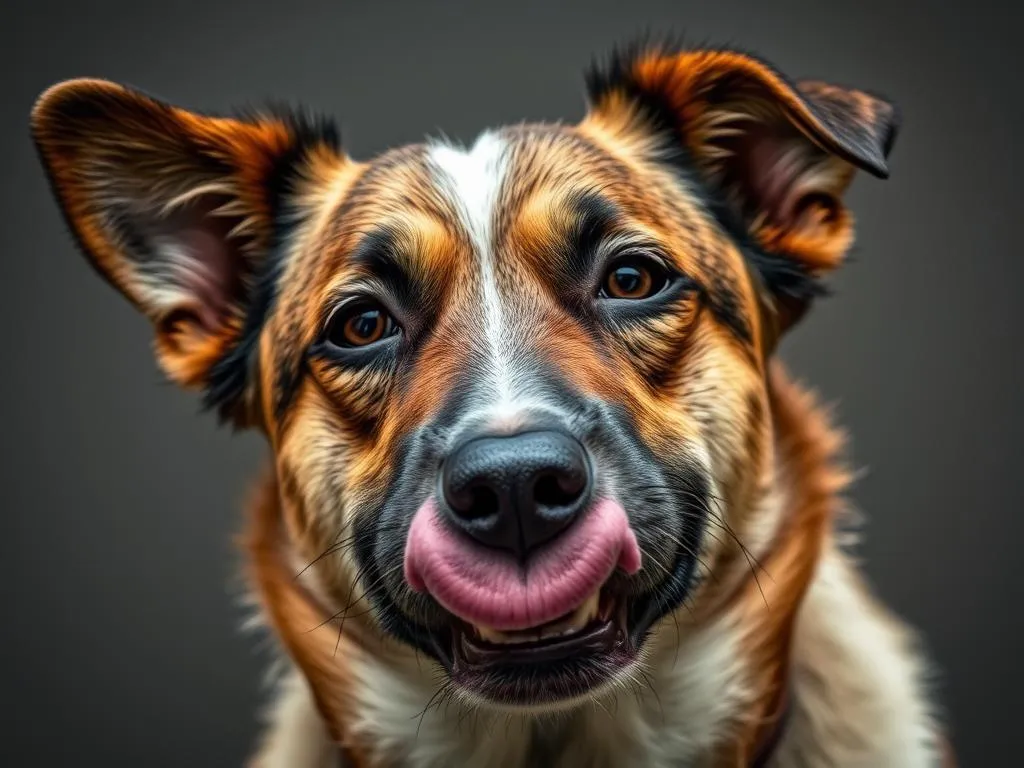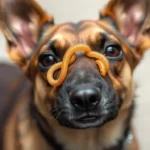
Choking is a frightening experience for both dogs and their owners. Understanding how to respond can mean the difference between life and death for your beloved pet. In this guide, we will explore the intricacies of what to do if my dog is choking, including signs to look for, immediate actions to take, and preventive measures to ensure your dog remains safe.
Understanding Choking in Dogs
What is Choking?
Choking occurs when a dog has an obstruction in its airway, preventing normal breathing. This blockage can occur due to various reasons, including:
- Food: Certain foods, especially large chunks or bones, can easily become lodged in a dog’s throat.
- Toys: Small, chewable toys can break apart, leading to choking hazards.
- Foreign Objects: Items such as sticks, stones, or even household items can cause choking.
Signs Your Dog is Choking
Recognizing the signs of choking is crucial for quick intervention. Common symptoms include:
- Gagging or coughing: A dog may repeatedly gag or cough as it tries to expel the obstruction.
- Pawing at the mouth: Dogs often paw at their mouths in an attempt to dislodge the object.
- Distress: Look for signs of anxiety, such as pacing or whining. A dog in distress may also exhibit difficulty breathing or a change in color, such as a blue-tinged tongue.
Risk Factors for Choking
Certain breeds and situations increase the risk of choking. Breeds with short noses, like Bulldogs and Pugs, are more prone to choking due to their unique anatomy. Additionally, situations that increase the risk include:
- Feeding habits: Dogs that eat too quickly are at greater risk of choking.
- Playtime: Roughhousing with small toys or objects can lead to accidental choking.
Immediate Actions to Take if Your Dog is Choking
Assessing the Situation
The first step when you suspect your dog is choking is to stay calm. Panicking can make the situation worse. Assess whether your dog is truly choking or merely coughing. If your dog is still able to cough or bark, it may be able to clear the obstruction on its own.
Steps to Follow
- Check the Dog’s Mouth
-
Safely open your dog’s mouth and look for any visible obstructions. If you can see the object and it’s easily reachable, attempt to remove it. However, do not put your fingers deep into the throat, as this may push the object further down.
-
Performing the Heimlich Maneuver
- For small dogs: Hold the dog with its back against your chest. Make a fist and place it just below the ribcage, then thrust inward and slightly upward.
-
For large dogs: Stand behind the dog, wrap your arms around its waist, and make a fist with one hand. Place the thumb side against the dog’s abdomen, just below the ribcage, and perform quick thrusts inward and upward.
-
Using Back Blows and Chest Thrusts
- For small dogs, you can also perform back blows. Position the dog facing away from you, and using the heel of your hand, deliver five firm blows between the shoulder blades.
- For larger dogs, you can deliver chest thrusts by placing your hands just behind the front legs and thrusting inwards.
When to Seek Veterinary Help
If your dog continues to show signs of distress or if you are unable to remove the object, it is crucial to seek veterinary assistance immediately. Signs that indicate immediate veterinary intervention include:
- Persistent gagging or coughing
- Difficulty breathing
- Loss of consciousness
Even if you believe the object has been dislodged, follow-up care is essential to ensure no internal damage has occurred.
Preventing Choking in Dogs
Safe Feeding Practices
To minimize the risk of choking, consider the following feeding practices:
- Choose the right food: Opt for kibble that is appropriately sized for your dog’s breed and size. Avoid feeding large chunks or bones that can break apart.
- Supervise feeding: Monitor your dog while it eats to address any choking incidents immediately.
- Portion control: Feed smaller portions to prevent your dog from gulping down food too quickly.
Choosing Safe Toys
Not all toys are created equal. When selecting toys for your dog, look for:
- Durable materials: Choose toys made from tough materials that won’t easily break.
- Size-appropriate toys: Ensure the toys are sized correctly for your dog to prevent accidental swallowing.
- No small parts: Avoid toys with small pieces that can be chewed off and become choking hazards.
Regular Health Check-Ups
Routine veterinary visits are pivotal for your dog’s overall health. Regular check-ups can help identify potential choking risks, such as dental issues or obesity. Your vet can also provide guidance on safe feeding and play habits tailored to your dog’s specific needs.
Recognizing and Managing Other Emergencies
Common Health Emergencies in Dogs
In addition to choking, dogs can experience various health emergencies, including:
- Heatstroke: Dogs can overheat quickly, especially in hot weather.
- Poisoning: Ingesting toxic substances can lead to severe health issues.
While choking requires immediate action, other emergencies also demand prompt attention. Always be prepared to identify these situations and respond accordingly.
First Aid Basics for Dogs
Understanding basic first aid can be invaluable for any dog owner. Important first aid techniques include:
- CPR: Familiarize yourself with canine CPR techniques in case of cardiac emergencies.
- Wound care: Learn how to clean and bandage minor wounds.
Consider enrolling in a pet first aid course for in-depth knowledge and practical skills.
Conclusion
Being prepared for emergencies like choking is essential for every dog owner. Knowing what to do if my dog is choking can save your dog’s life. Stay informed about your dog’s health care needs, and always consult your veterinarian for advice. By understanding the risks and responses, you can help ensure a safe and happy life for your furry friend.
FAQs
What should I do if my dog is choking and I can’t see the object?
If you cannot see the obstruction and your dog is in distress, perform the Heimlich maneuver or back blows and seek veterinary assistance immediately.
Can I use my fingers to remove an object from my dog’s throat?
Only attempt to remove an object if it is clearly visible and easily reachable. Avoid putting your fingers deep into the throat, as this can push the object further down.
How can I prevent my dog from choking on food?
To prevent choking, choose appropriately sized kibble, supervise feeding times, and consider using slow feeders that help control the speed of eating.
Are certain breeds more prone to choking?
Yes, breeds with shorter snouts, such as Bulldogs and Pugs, are more susceptible to choking due to their anatomy. Always be vigilant with these breeds during feeding and playtime.
If my dog appears fine after a choking incident, should I still see a vet?
Yes, even if your dog seems to have recovered, it’s important to have them checked by a veterinarian to rule out any internal injuries or complications.









